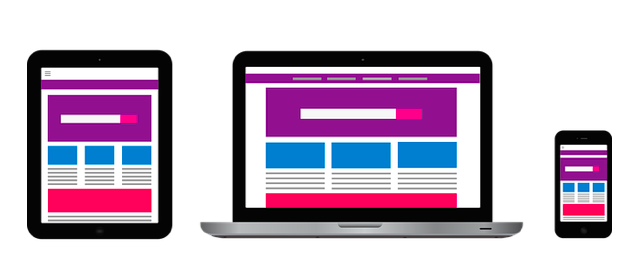Your website is an essential aspect of your business’s online presence. Its success depends on your audience. This is why web design should be audience-centric and aim to improve user experience. The design elements you choose should reflect your brand identity. The colors, layout, fonts, and typography you choose should align with your logo and other aspects of your design.
Consider usability, speed, aesthetics, content, site maintenance, contact details, and mobile-friendliness when designing a website. A great website should be well-designed and functional, easy to use, optimized for mobile, and contain up-to-date, quality content. The contacts and location should be easily accessible, and the calls to action must be clear. For your site to earn traffic, it should be optimized for search and the social web. Below are web design mistakes you should avoid.
1. Poor web design and layout
A functional website allows users to complete specific tasks such as making purchases and signing up for newsletters. A poor design and layout leave users stuck in a situation where they can’t make sense of what’s happening on your site, meaning they may not return. If your site is experiencing poor user retention or user decline, it could be because of your design and layout formulation.
When users find your layout too complex, they may get frustrated and abandon your site, increasing bounce rates. Consider engaging the services of an experienced web designer and developer like MC Web Studio based out of Kamloops, British Columbia for clean and modern website designs.
2. Slow load times
Slow websites have high bounce rates, lowering conversion rates. Your site’s load time and responsiveness affect customer loyalty. Since Google uses site speed as a ranking factor on SERPs, poor load times make it difficult for potential clients to reach you. Some factors affecting your site’s load time are web hosting, file sizes, HTTP requests, poor coding, and lack of CDN. Consider creating a fast website for improved performance and a good user experience.
3. Ignoring web design responsiveness
Responsive websites are designed to offer a good user experience across all devices, regardless of the size. They allow access from various devices, attracting a wider audience. A responsive web design makes it easy to monitor analytics, boosts SEO, and eases website maintenance. Since a responsive website maintains the same design across all devices, consistency in brand and design is maintained.
A responsive web design delivers a good user experience and increases sales as it targets a larger audience and gives them the experience they seek. If your website isn’t compatible with your potential clients’ devices, they’ll leave you for your competitors, increasing bounce rates.
4. Failure to include calls to action
Your site may be attracting a lot of traffic but not helping you achieve your objectives like selling your products or services and getting users to sign up for your freebies. Adding call-to-action buttons (CTAs) is the most effective way to meet your goals. Be clear on the actions you want potential customers to take and ensure that they quickly complete them. CTAs convert users into clients, so make them visible.
5. Lack of SEO and analytics
SEO and analytics are essential tools that help you determine your site’s popularity and how it’s doing. Proper use of SEO makes your site rank high on search engine results, driving web traffic, increasing conversion rates and sales. Analytics help you determine your site’s average visit time and show you what users do on your website. This lets you see how your website’s latest element additions perform and site visitors use them as expected.
6. Failure to publish fresh, updated content
Visitors flock to your site searching for content that can help them solve problems or enrich themselves. If you neglect your website and leave it with outdated content, your readers will likely follow your competitors. Your readers want fresh and up-to-date content, so ensure consistency to keep them coming back and attract new users.
To keep your content fresh and engaging, use Google trends to monitor popular keywords and write unique content in an active voice. Post it on your social media platforms for broader reach and to build reliability and trust. Optimize your content for SEO so potential clients and users can quickly locate you.
7. Insecure website
For modern browsers to consider your site secure, you should have HTTP certificates. This is because HTTP ensures data encryption between your users and website so that cybercriminals can’t access it. Contacting your hosting provider can help you determine your website’s security state and get you recommendations on keeping it updated.
Endnote
Your web design plays a crucial role in determining your site’s performance and overall user experience. Consider avoiding the above design mistakes to ensure your site is functional and aligns with your growth goals.

